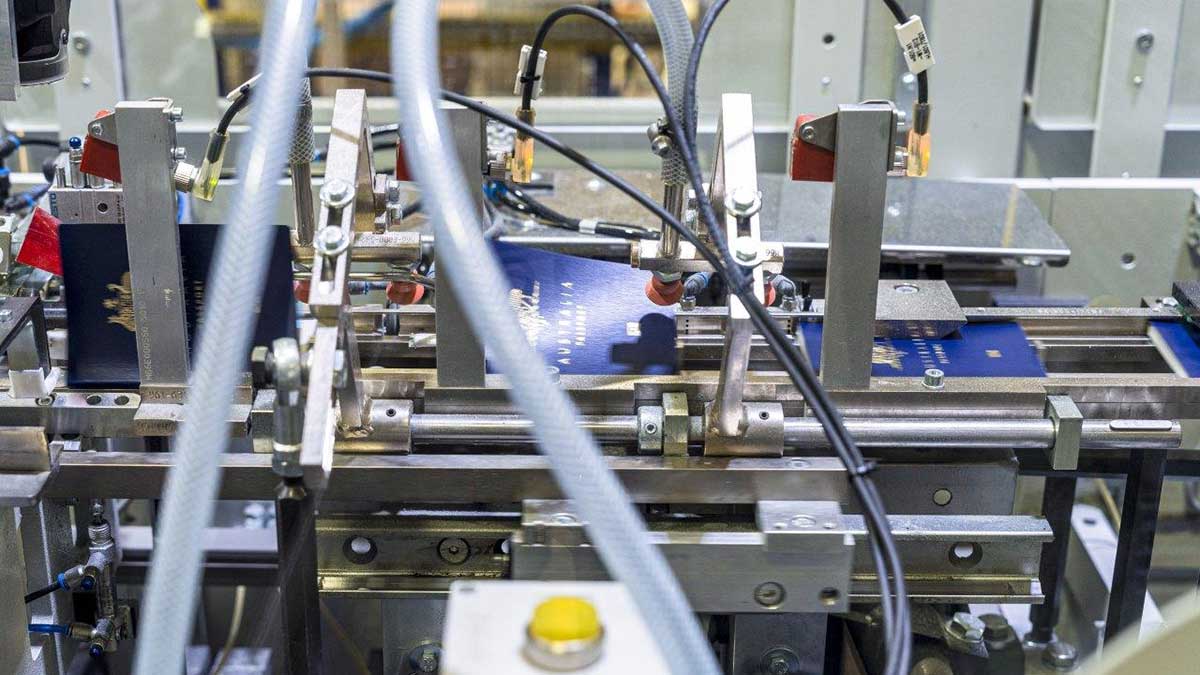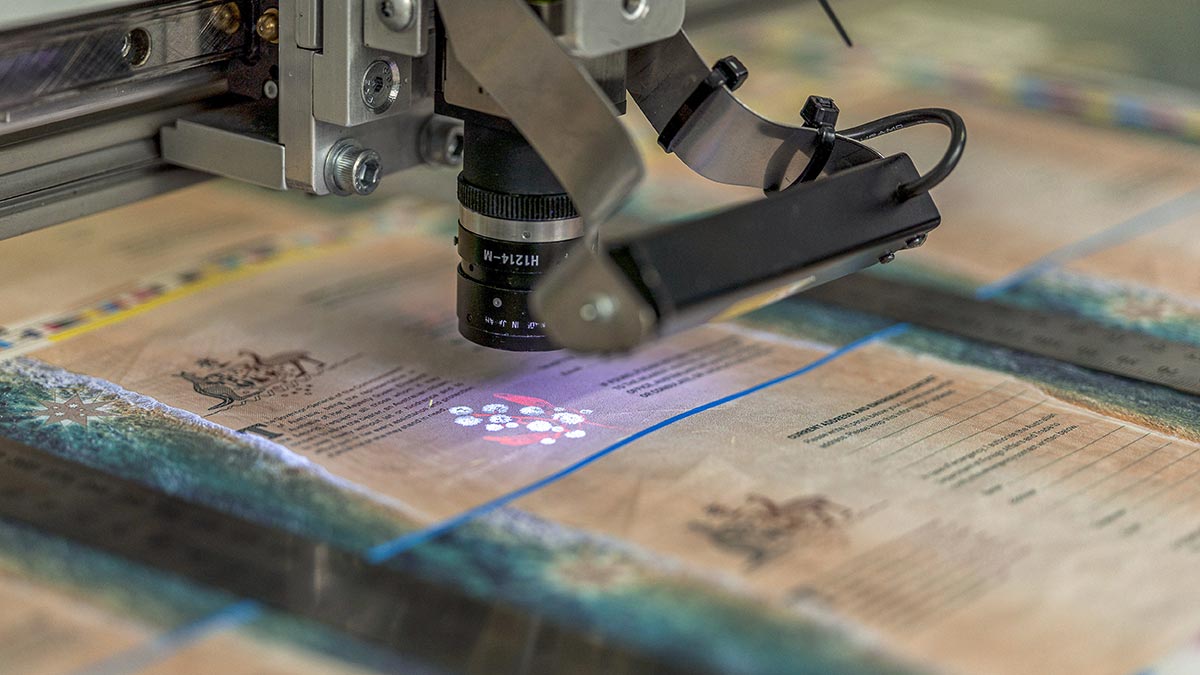Protect yourself from travel scams with this guide to common deceptions such as overcharging, pickpocketing, and credit card skimming, and learn how to avoid being scammed.
How to keep your passport safe when travelling overseas

Thousands of Australian passports are reported lost or stolen each year, so here’s how to keep your passport safe when travelling overseas – and what to do in case of emergency.
The Australian passport is a powerful document, certifying your nationality and identity for international travel. Held by around 15 million Australians, the ‘little blue book’ is designed to afford you freedom of passage and assistance and protection in times of need, so it carries a high value and, unfortunately, is a target for thieves.
According to the Department of Foreign Affairs and Trade, 1942 Australian passports were reported stolen overseas and 2678 reported lost in the 2023/24 financial year, marking a significant 28 per cent increase over 2022/23.
These situations can cause considerable stress and complications for Australians travelling abroad, so here’s a guide to keeping your passport safe – and what to do if it suddenly disappears when you’re a long way from home.
In this article

Hotspots for lost or stolen Australian passports include Italy, the US and the UK. Image: DFAT
How to keep your passport safe and secure while travelling
Keep your passport in a secure place
First off, designate a secure location to keep your passport while travelling and always stow it in this spot after using it. For example, keep it in the same, secure pocket in your carry-on luggage or consider using a money belt.
If you’re staying in the same accommodation for a few days, it may be safer to keep your passport in your room if there is somewhere to secure it. This might be a room safe, lockable wardrobe or lockable suitcase.
Know where your passport is at all times
Whenever you’re travelling overseas, it’s important you know exactly where your passport is at all times. And if it’s not within reach, authorities suggest you have a photo or photocopy of your passport’s photo page tucked safely away in a separate location – or at least a record of its number and expiry date.
Keep your passport private and don’t post photos online
Carrying a passport while travelling overseas makes you a target for thieves, therefore only take it out of its secure place when necessary, such as going through immigration at an airport. Don’t keep it in your back pocket, for example, or hand it to a travelling companion for short periods, even in an airport lounge.
You should only share it with trusted organisations that have a legitimate need. Some tour operators or hotels may request your passport for genuine reasons. If you’re concerned, you could request they make a photocopy (or provide your own copy).
Your own personal privacy regime should also extend to the internet and social media - don’t post any details of your passport online.

Security features embedded in your passport can be seen under ultraviolet light. Image: DFAT
Protect your passport from damage
Normal wear and tear shouldn’t be a problem, but authorities warn that even minor damage to your passport could prevent you from travelling. This includes water damage, unofficial markings on the data page and missing visa pages or tears.
The Federal Government’s Smart Traveller website says it’s important that:
• There are no tears or cuts in the pages, especially the photo page
• Everything on the photo page is legible and clear
• There are no marks across your photo or in the machine readable zone (MRZ) at the bottom of the photo page
• No pages have been removed
• There is no alteration or tampering.
Avoid keeping any boarding passes or tickets next to the photo page because ink can bleed and obscure important details. It’s also important to keep your passport dry – and that means away from liquids in your baggage: water, sunscreen, cosmetics, hand sanitiser, and so on. It’s a good idea to keep your passport in a plastic zip-lock bag. If it does get wet, don’t try to dry it in a microwave! Special materials are used in the passport, so microwaving will only make things worse.
Also be mindful that your passport is actually the property of the Australian Government and that deliberately damaging a passport is unlawful.
Add your details and an emergency contact
Australian passports have a contact details page where you can include your current residential address and other information. This can make it easier for your passport to be returned to you should you lose it while travelling. There is also an area where you can include emergency contact details, authorising the Department of Foreign Affairs and Trade (DFAT) to notify this person if required.
Use a pencil to fill out this page, as it will allow you to update your details should they change.
More: Overseas travel checklist: All the things to do before you go

If you lose your passport while travelling overseas, it’s important to contact the nearest Australian embassy or consulate, and to notify local police.
What to do if your passport is lost or stolen
You should act swiftly if you lose your passport while travelling overseas. The first step is to contact your nearest Australian embassy or consulate. Full details of these embassies and consulates, including phone numbers and email addresses, are available on the DFAT website. It’s also a good idea to have a photocopy of all the relevant contacts you may need on your trip stowed in your luggage or on your phone.
If you're in Australia, you can contact the department’s central call centre on 131 232.
If you have your passport stolen overseas, DFAT recommends you report the theft to local police and then to Australian police once you return home. If possible, keep a copy of the police report and the report number, which will help when applying to replace your passport.
If there’s time, you may be able to get a new passport when overseas. If not, you can apply for an emergency passport that’s valid for 12 months and doesn’t contain a special chip, which could mean there’s restrictions on using it in some countries. You should also be able to apply for a fully valid passport at the same time, collecting it once you get home.
How much does it cost for a new Australian passport?
As of January 1, 2025, a new 10-year passport for those aged 16 and over costs $412. A five-year passport for children aged under 16 or people aged 75 or older costs $208. There are no discounts for passports that are lost or stolen. If you renew a passport, it costs the standard fee and is valid for a full ten or five years. Note: overseas surcharge fees – $184 (adult) and $90 (child) – may also apply if you’re abroad.
If you qualify for a temporary (12-month) emergency passport when travelling overseas, it will cost the equivalent of $259 (paid in local currency).
If your passport is lost or damaged in a natural disaster, you may be eligible for a free replacement, although it’s unlikely to be a ‘new’ one – the expiry date will usually be the same as the original passport. A similar situation applies in other specific circumstances, such as if the passport sustains minor damage or is compromised in a data breach. (It might be free or $259.)
Penalties may apply if your passport is lost or stolen
Holding a passport brings with it responsibilities and penalties may apply if it’s lost or stolen. Authorities are particularly concerned about protecting you and others against identity theft, and passports are particularly attractive to thieves – not only to potentially use them for international travel but also to exploit their credentials. For example, passport details might be used to access your bank accounts or to apply for loans in your name.
As the Australian Passport Office makes clear, there are penalties under the Australian Passports Act 2005 for people who fail to report the loss or theft of a valid passport as soon as possible. It’s also a criminal offence to make false or misleading statements.
What’s more, there are penalties if your passport is lost or stolen on several occasions. If it’s lost or stolen twice in five years, for example, you’ll lose the right to hold the next passport for the usual 10 years – it will only be valid for five years, and you’ll still have to pay the fee for the 10-year passport.
If your passport is lost or stolen three or more times in five years, the next passport will only be valid for a maximum of two years – or you may not be issued one at all.
These are extreme circumstances. According to DFAT, if you can prove that the passport was lost or stolen “due to circumstances beyond your control”, it won’t count against you. You should, however, be well prepared with details of the loss or theft, and have supporting documentation where possible, such as a police report.
More: Driving overseas guide: licences, International Driving Permit, insurance and road rules
The information provided is general advice only. Before making any decisions please consider your own circumstances and the Product Disclosure Statement and Target Market Determinations. For copies, visit racv.com.au. Royal Automobile Club of Victoria (RACV) Ltd AR 001243563 is an authorised representative of the issuer and receives commission for each policy sold or renewed. Insurance> Issued by Tokio Marine & Nichido Fire Insurance Co., Ltd ABN 80 000 438 291 AFSL 246 548. Terms & conditions apply, refer to the PDS.




